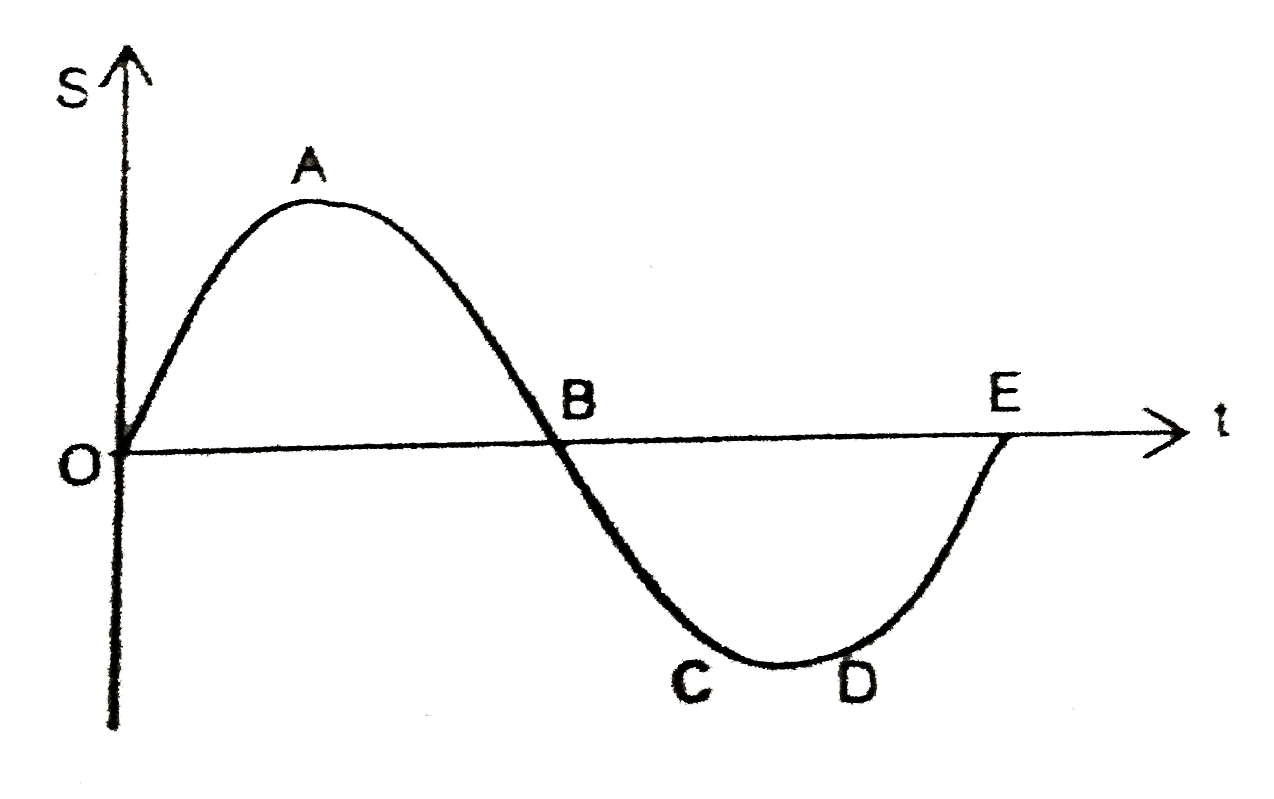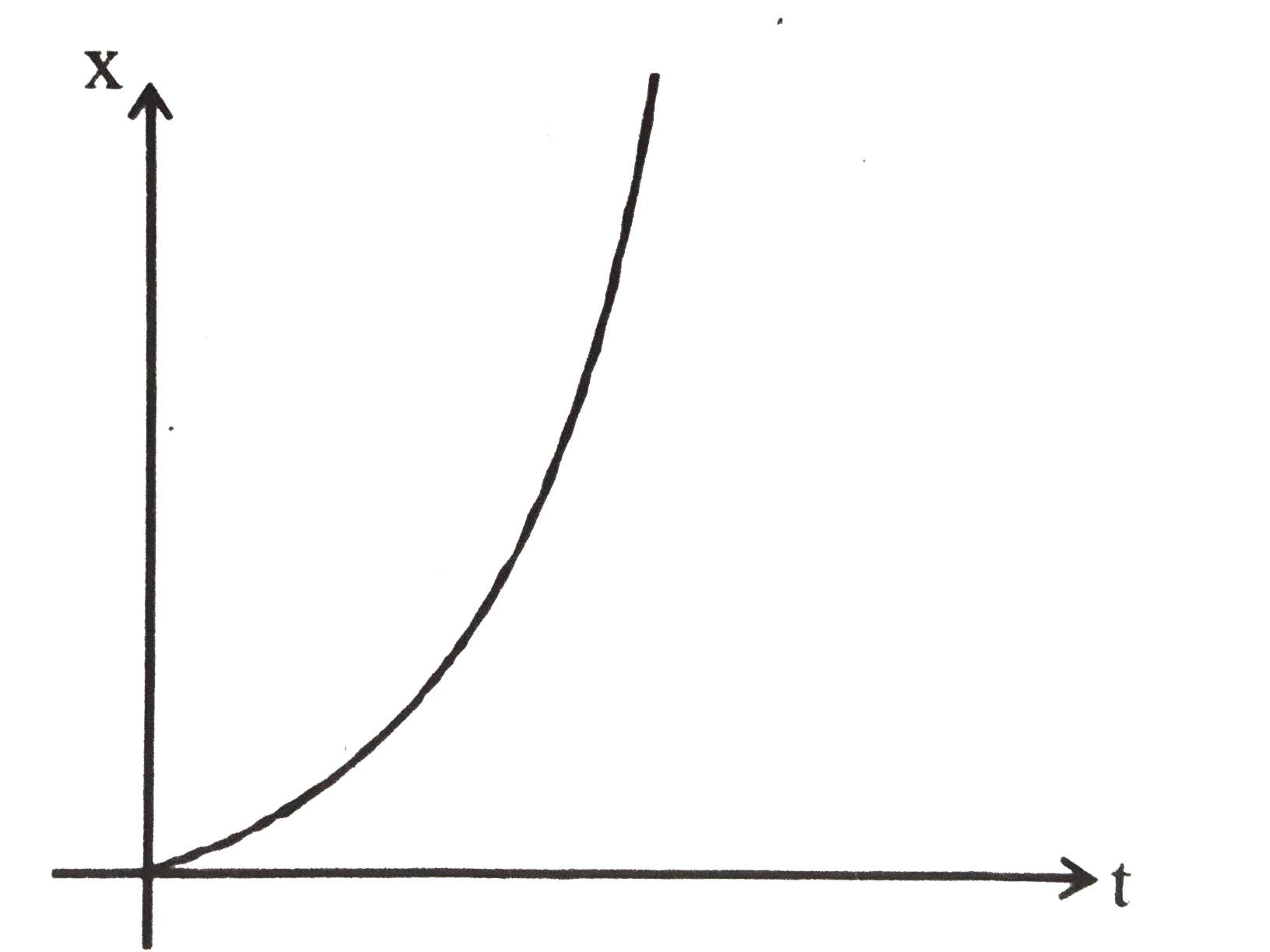A particle is given successive displacments. Which of the following sets of displacments could be capable of returning the particle to its initial position :
10m, 8m, 6m, 30m
20m, 10m, 6m, 50m
70m, 20 m, 40 m, 30 m
100 m, 18 m, 22 m, 32 m
The correct Answer is:C
Magnitude of sum of any three shall be lesser than greatest no. of four.
Topper's Solved these Questions
- VECTORSBOOK - GRB PUBLICATIONCHAPTER - VECTORSEXERCISE - MORE THAN ONE CHOICE IS CORRECT
15 Videos
- VECTORSBOOK - GRB PUBLICATIONCHAPTER - VECTORSEXERCISE - ASSERTION- REASON
1 Videos
- VECTORSBOOK - GRB PUBLICATIONCHAPTER - VECTORSEXERCISE - PROBLEMS FOR PARCTICE
23 Videos
- UNITS AND DIMENSIONSBOOK - GRB PUBLICATIONCHAPTER - UNITS AND DIMENSIONSEXERCISE - Link Compression
6 Videos
Similar Questions
Knowledge Check
Which of the following sets of displacements might be capable of returning a car to its starting point?
A4, 6, 8 and 15 kmB10, 30, 50 and 120 kmC5, 10, 30 and 50 kmD40, 50, 75 and 200 kmWhich of the following sets of displacements might be capable of bringing a car to its returning point ?
A5, 10, 30 and 50 kmB5, 9, 9 and 16 kmC40, 40, 90 and 200 kmD10, 20, 40 and 90 kmRefer Q.146. In which of the graphs the particle may return to its initial position again ?
AGraph (i)BGraph (ii)CGraph (iii)DGraph (iv)
A particle is executing simple harmonic motion with an amplitude A and time period T. The displacement of the particles after 2T period from its initial position is
View SolutionA particle is SHM is discribed by the displacement function x(t)=acos(Δω+θ) If the initial (t=0) position of the particle 1cm and its initial velocity is πcm/s The angular frequency of the particle is πrad/s, then its amplitude is
View SolutionA particle has a rectilinear motion and the figure gives its displacement as a function of time. Which of the following statement are true with respect to the motion.

View Solution
A particle has a rectilinear motion and the figure gives its displacement as a function of time. Which of the following statements is incorrect with respect to the motion?
View SolutionFigure shows the displacement of a particle going along the X-axis as a function of time. The force acting on the particle is zero in the region

View Solution

